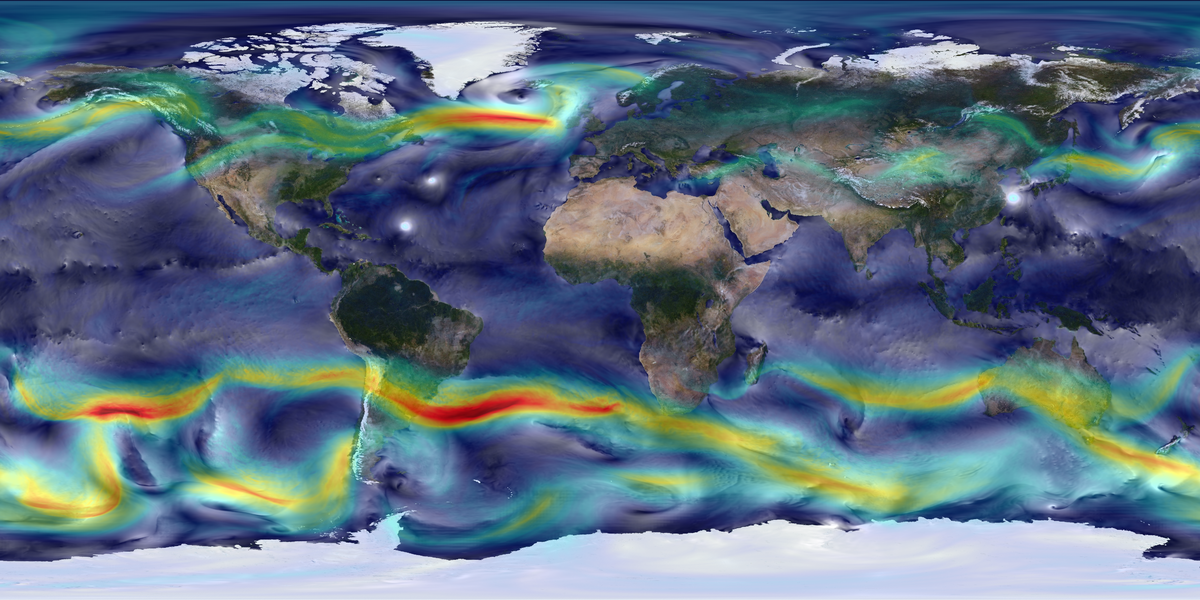Projects
Satellite Data and Analyses
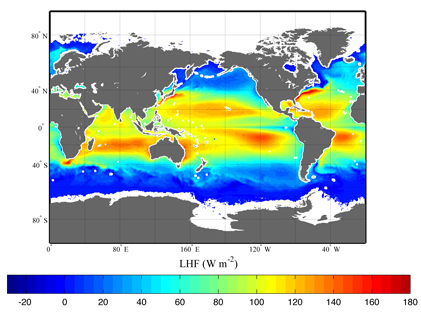
Climate Data Record Program
Surface and near-surface parameters of wind speed, temperature, and humidity will be derived from a combination of satellite observations, with a focus on the use of these variables towards determination of the air-sea turbulent heat fluxes. This research falls directly in line with the NOAA Climate Data Records focus on the Earth’s energy and water cycles.

SEAFLUX
Under the auspices of the World Climate Research Programme (WCRP) Global Energy and Water Experiment (GEWEX) Data and Assessment Panel, the SeaFlux Project has been initiated to investigate producing a high-resolution satellite-based data set of of surface turbulent fluxes over the global oceans.
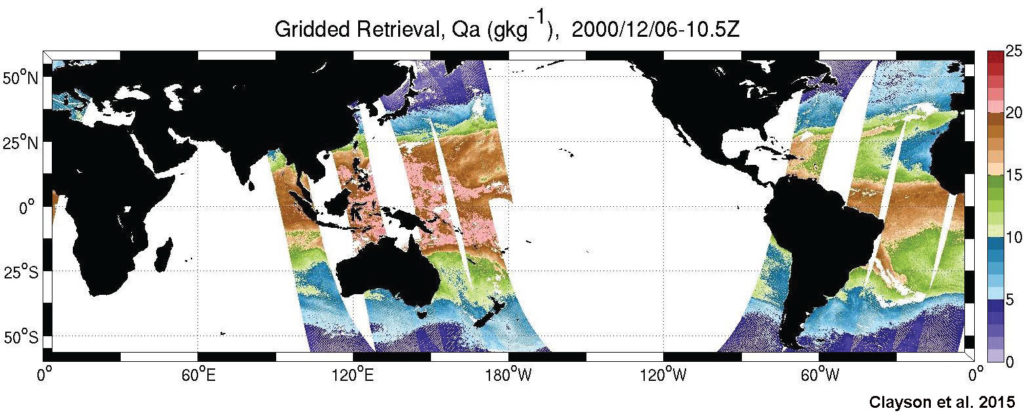
Ongoing Improvements
Turbulent exchanges of heat and moisture across the atmosphere-ocean interface are critical elements of the Earth’s energy and water cycle. They are particularly important to the upper ocean mixed layer energy budget in conjunction with radiative and momentum fluxes. However satellite-derived turbulent fluxes require knowledge of multiple surface and near-surface ocean and atmospheric geophysical fields. These include sea surface temperature (and derived specific humidity), near-surface wind speed, air temperature and air specific humidity.

NASA Energy and Water cycle Study
The cycling of energy and water has obvious and significant implications for the health and prosperity of society. The availability and quantity of water is vital to life on earth and helps to tie together the Earth’s lands, oceans and atmosphere into an integrated physical system. The global water cycle is driven by a multiplicity of complex processes and interactions at all time and space scales, many of which are inadequately understood and poorly represented in model predictions
Modeling Efforts
Air-Sea Interactions in the GEOS Model
In order to understand how the climate responds to variations in forcing, one necessary component is to understand the full distribution of variability of exchanges of heat and moisture between the atmosphere and ocean. A number of studies recognize the important role of surface heat and moisture fluxes in the generation and decay of important coupled air-sea phenomena. These mechanisms operate across a number of scales and contain significant contributions from interactions between the anomalous (i.e. non-mean), often extreme-valued, flux components. It is important to have a characterization and understanding of these processes for the development of accurate modeling efforts.
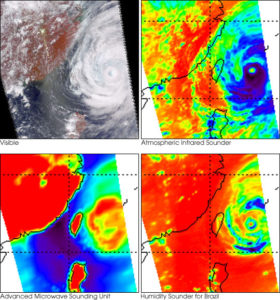
Atmosphere-Ocean Interactions
The Madden-Julian Oscillation (MJO) is the major fluctuation in tropical weather on weekly to monthly timescales. The MJO can be characterized as eastward intraseasonal oscillations of cloud and rainfall near the equator. It is established by large-scale changes in atmospheric circulation, convection, and thermodynamic processes that are said to have influences on monsoons, flooding, droughts, wildfires, and tropical storms. The significant impacts and potential predictability of the MJO have made it an ideal target for the modeling community as attempts are made to bridge the weather to climate continuum..

Hurricane Induced Cold Wakes
Currently there is significant interest in the role of cold wakes in the overall ocean climate, including possible ocean heating due to the restratification of these wakes. The warming of the upper ocean associated with restratification may for instance be lost to the atmosphere during winter, with associated implications to the global transport of heat by the oceans.
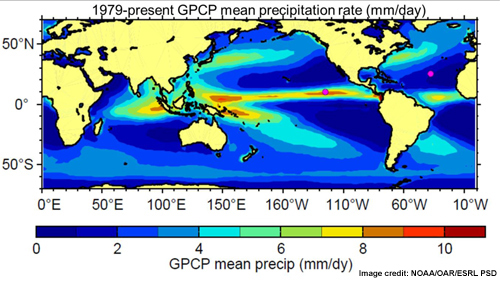
SPURS-1
The Salinity Processes in the Upper Ocean Regional Study (SPURS) Program was designed to examine those processes affecting the near-surface salinity. It was proposed as a 2-phase effort, with the first phase focusing on the salinity maximum of the North Atlantic during 2012 – 2013. The second phase, SPURS-2, is scheduled to take place early 2015 in the low-salinity region of the eastern tropical Pacific.
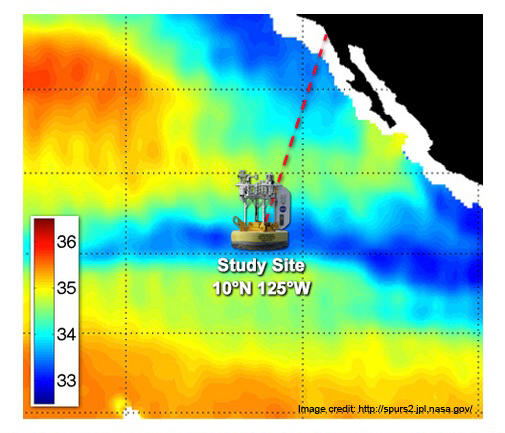
SPURS-2
The overall goal of the SPURS-2 field program is to understand the structure and variability of upper-ocean salinity under the inter-tropical convergence zone (ITCZ) in the region of the eastern tropical Pacific in 2016-2017. The Pacific ITCZ, with its frequent, heavy rainfall, is a major source of freshwater. Ultimately, this freshwater input contributes to the large-scale pattern of low SSS in the eastern tropical Pacific, but the initial input of freshwater is in “puddles” on the ocean surface with scales similar to the atmospheric mesoscale.
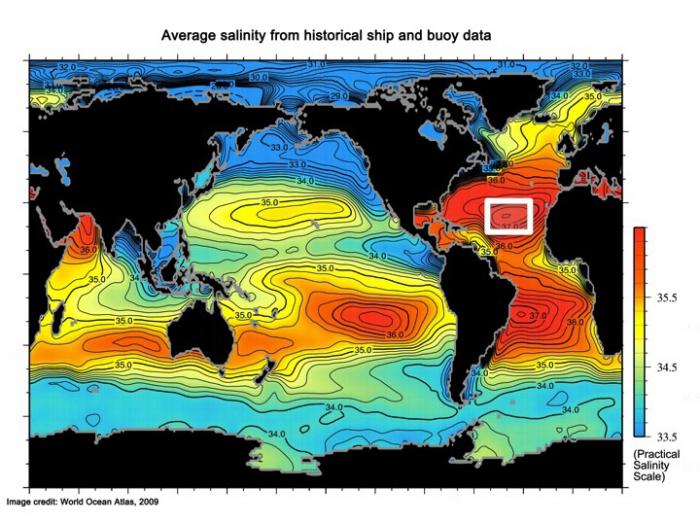
Upper Ocean Salinity Structure Variability
Satellite measurements of the sea surface salinity (SSS) data from ESA’s Soil Moisture and Ocean Salinity (SMOS) satellite and NASA’s Aquarius satellite has the potential to transform our understanding of the number of scales of the Earth’s Water Cycle. To address the needs of the SSS community, a concerted data analysis approach combined with ocean modeling focused on understanding variability in the upper few meters of the ocean surface will provide insights. Our goal is to use the unprecedented coverage of SSS data offered by Aquarius in tandem with near-surface salinity measurements available from SPURS, in situ buoys and the Argo float program, and modeling analyses to better characterize and parameterize the surface salinity stratification with respect to atmospheric variability.
Technological Development
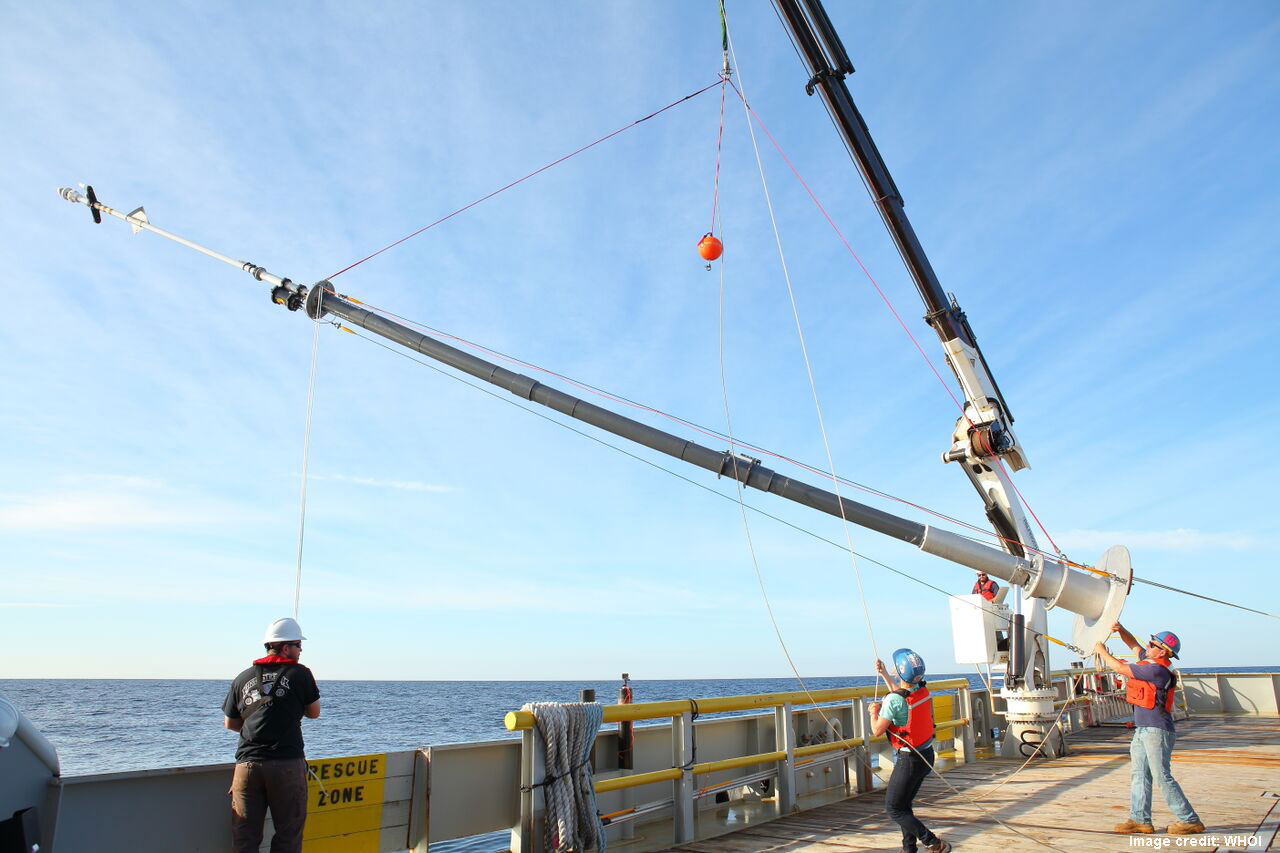
X-SPAR
The oceans are driven by exchanges with the atmosphere across the air-sea interface. WHOI researchers are world leaders in making observations of the marine atmospheric boundary layer and ocean surface layer, using these and various other data and models to estimate air-sea fluxes. The X-Spar is a low-cost part buoy for air-sea flux measurements in remote, inhospitable regions of the ocean where bottom-anchored buoys are not feasible.
